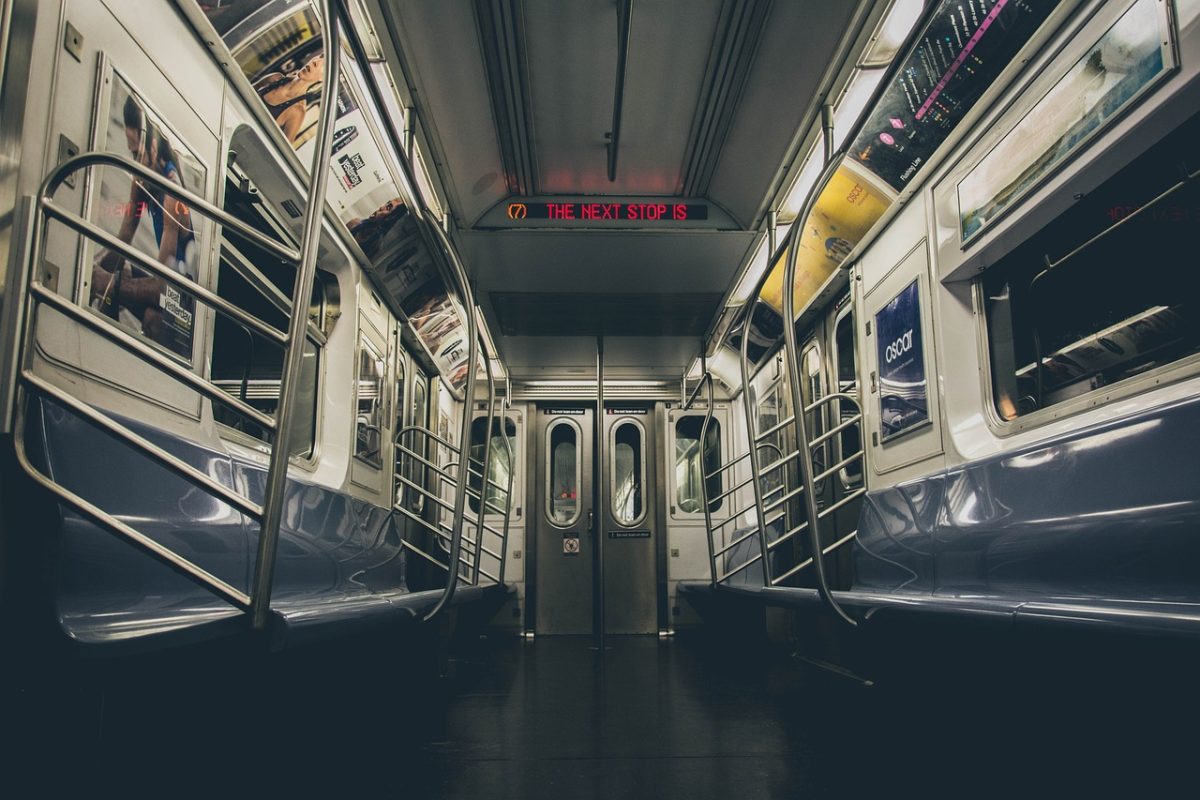Since its inception, the NYC subway has served one main purpose: transporting people from the outer boroughs (Brooklyn, Queens, The Bronx, and Staten Island) to Manhattan in the morning, and people from Manhattan back to the outer boroughs in the evening. This pattern of transportation revolves around the fact that most people in NYC worked in Manhattan, even if they lived elsewhere. However, as the population of the outer boroughs increases, so does the demand for a transportation route from one outer borough to another, which is where the Interborough Express (IBX) comes in. The IBX is a proposed light-rail line intended to connect Brooklyn and Queens, two of the most quickly growing boroughs in terms of population and relevance. It utilizes an underutilized freight line that extends from Brooklyn Army Terminal in Sunset Park through the neighborhoods of Midwood, Canarsie, Bushwick, Middle Village, and more until ultimately terminating in Jackson Heights-Roosevelt Avenue in Queens. This line will be one of two train lines (alongside the G) to not pass through Manhattan at all.
The support for a new public transit line between the outer boroughs has risen, and so has its popularity. With the rapid expansion of Brooklyn and Queens under Downtown Brooklyn, Williamsburg, and Long Island City, more effective ways of transportation have been proposed between the two boroughs. The aforementioned neighborhoods have seen a massive influx of people from all over the United States, who bring their ideas (and their money) with them, and invest it into these neighborhoods. This process, known as gentrification, is the result of the rising importance of Brooklyn and Queens, both economically and culturally.
According to the 2020 US Census, Brooklyn alone had the fastest population growth of all five boroughs of New York City, at a staggering nine percent between 2010 and 2020, reaching a population of almost three million. This increase in population has partially resulted in an increase in car ridership in the city, especially in the outer boroughs. Neighborhoods along the IBX corridor typically have an average of forty to sixty percent of households owning private vehicles, with the highest reported being around Maspeth and Glendale, Queens, which clocks in between sixty to eighty percent of households owning private cars. Increase in car ownership in NYC has had its negative effects in the past such as in 1955, the Cross Bronx Expressway, whose construction was led by urban planner Robert Moses, displaced sixty thousand Bronx residents from their homes and demolished several apartments, businesses, and more. In contrast, the development of public transportation along major arterial roads has resulted in economic booms in the neighborhoods New Yorkers reside in.

The necessity of reliable public transportation is further seen with its environmental and economic effects. Increases in carbon emissions from cars, trucks, and other vehicles not only contribute to climate change, but also contribute to an increase in asthma rates along the areas affected, as per a NYC study on the Cross Bronx Expressway and asthma rates in the Bronx. Alongside these environmental effects, economic effects can be seen with the increase of car-centric urban planning. A phenomenon prevalent in the United States is the death of small, local businesses in favor of “big-box stores” (large retail establishments like Target, Walmart, and Costco), which results in less economic growth in car-centric regions. Eventually, these places require more taxpayer money to stay afloat than they give in, which overtime results in large numbers of cities not being able to afford keeping these places afloat. This is not to say that Brooklyn and Queens will turn into just another American cookie-cutter suburb. However, the IBX will still help more than anything. In a feasibility study conducted by the New York state government under Governor Kathy Hochul, the IBX will facilitate upwards of eighty thousand daily riders, which will in turn be able to connect to upwards of seventeen subway lines and the Long Island Rail Road (LIRR). This transit project will also massively help low-income communities and communities of color, with seventy percent of the population of the communities served being people of color, half being from households without cars, and a third living at or below the national poverty line.
Throughout American and New York City history, the key to a well off place socially, economically, and environmentally has lied in its public transportation infrastructure. The IBX is a much needed step in the right direction for the future of NYC. If the MTA chooses to neglect this project as it did with the Second Avenue Subway in Manhattan, resulting in forty years of construction only leading to the construction of three subway stations, then the MTA is refusing to see the reality of how the people of NYC would get around the city in the coming years.

